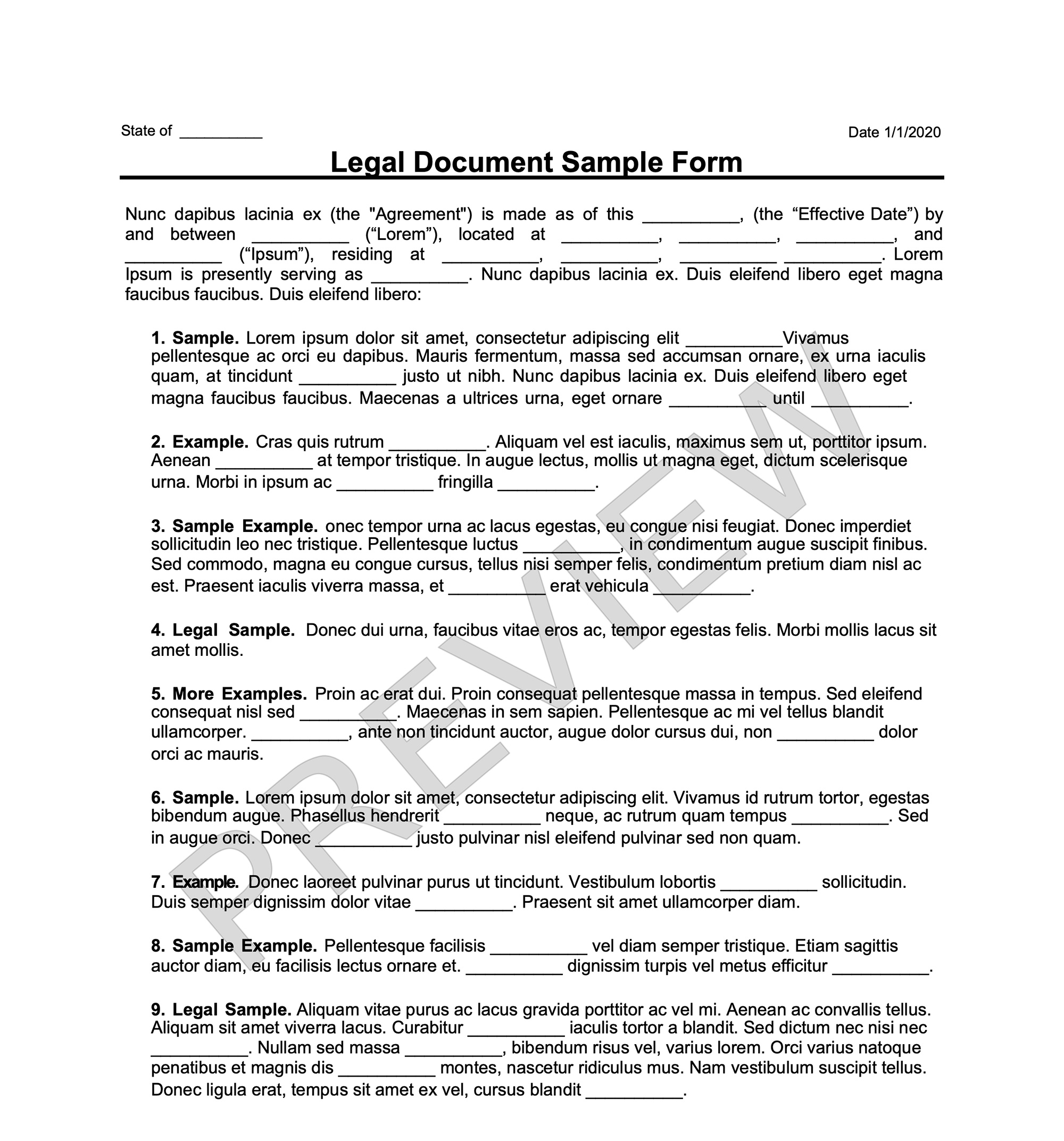
When a person dies with joint tenancy rights to a property, an Affidavit of Survivorship can be used to transfer the property fully to other joint tenants.





If you are a joint tenant of real property and your co-tenant passes, it can lead to numerous difficult decisions. From funeral arrangements to end-of-life payments, you must take a series of steps to ensure a smooth transition. The situation can be further aggravated by ownership complications arising from the property's title and the names attached to it.
As a joint tenant, you typically have what's known as rights of survivorship. To assert those rights and absorb the decedent's share of the property, you will likely need to file an Affidavit of Survivorship. Within it, you'll formalize the survivorship process and eliminate the decedent's interest in the property.
An Affidavit of Survivorship is a sworn oath in the form of a legal document. Within this document, a surviving owner of a jointly-owned property states they have rights of survivorship to the property. The statements of an Affidavit of Survivorship are brief and limited to the decedent's details and the affiant's joint ownership of the property and an affirmation.
In many cases, rights of survivorship are designed to activate automatically upon a person's death. However, sometimes the records aren't entirely clear or are missing as to the joint ownership or other details. In those cases, a court may require an Affidavit of Survivorship to settle any ownership and transferability questions.
Depending on your state, an Affidavit of Survivorship may also be known as:
Typically, the surviving member or members of a joint tenancy draft and execute the Affidavit of Survivorship. While the decedent's interest in the property is automatically removed, it may be necessary to use an Affidavit of Survivorship to cleanly and quickly clear the property's title is to be sold or otherwise transferred.
Another similar application of an Affidavit of Survivorship is when a grantor uses a survivorship deed to transfer property to grantees. The grantees may need to provide an affidavit to assert their rights of survivorship to the deed.
Create your own documents by answering our easy-to-understand questionnaires to get exactly what you need out of your Affidavit of Survivorship.
Laws vary by location. Each document on 360 Legal Forms is customized for your state.
All you have to do is fill out a simple questionnaire, print, and sign. No printer? No worries. You and other parties can even sign online.
An Affidavit of Survivorship is a simple and straightforward document, but it may not be legally enforceable without the correct information and format. With our proprietary form generator, a few necessary details about the decedent, the joint tenancy property, and the affiant are enough to generate a document that fits your jurisdiction regulations.
Let 360 Legal Forms help with our extensive library of attorney-vetted legal forms. The process is fast and easy. All you have to do is fill out our easy-to-understand questionnaire. Once complete, simply download your form as a PDF or Word document from your secure online account.
To create your document, please provide:
To be legally enforceable, an Affidavit of Survivorship must be signed by the affiant making the affirmation. An Affidavit of Survivorship, like all affidavits, must be witnessed by a notary public or another person authorized to administer an oath. The notary public or authorized person must also sign the affidavit.
Once it is signed, keep an executed copy of the Affidavit of Survivorship for your records. Also, distribute a signed copy to any surviving joint tenants who didn't participate in the affidavit's execution. File the original with the county clerk where the property is located.
For instance, in a transfer of a land lot, it may need to be filed with the county's real property records office where the land is located. Your county clerk will be able to provide more information about the filing requirements.
If a joint tenancy ownership exists between two spouses, the surviving spouse automatically becomes the sole owner of the property upon the death of the co-owner. The property does not go through probate in this case.
In some states, any property acquired by either spouse in a marriage is considered community property. That is, it belongs to both marriage partners automatically. This grants the rights of survivorship on that property in situations where those rights apply.
No. When a tenant passes in a joint tenancy, all the interests of that tenant are absorbed by the remaining tenants. However, a tenancy in common grants each individual tenant a transferable interest in the property and there is no legal requirement for the property to be transferred to the remaining tenants upon the death of a single tenant.
Both documents serve a similar purpose: to state facts in writing that are true to the best of the affiant’s knowledge. However, an affidavit is typically used as a court matter. A statutory declaration is mostly used outside of court to satisfy legal or regulatory requirements as pursuant to law.
In most cases where rights of survivorship are invoked, estate taxes are levied. Meaning that the surviving member of the joint tenancy will likely have to pay taxes on the portion of the property transferred to their ownership. That is if the value of the property is large enough to qualify for estate taxes in the state where it is located.
Our exhaustive library of documents covers your personal, business, and real estate needs with all of your DIY legal forms.
Create professional documents for thousands of purposes.
Make unlimited documents and revisions. Sign online in seconds.
Our documents are vetted by lawyers and are applicable to all 50 states.